wayne556517
Lieutenant General
- Joined
- Aug 28, 2007
- Messages
- 16,943
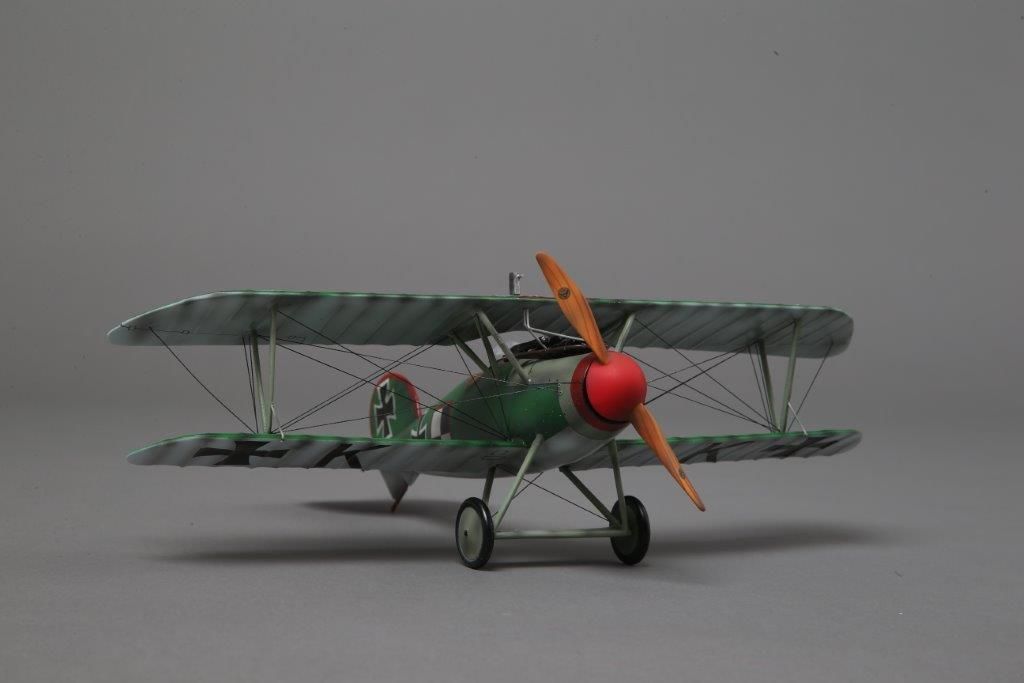
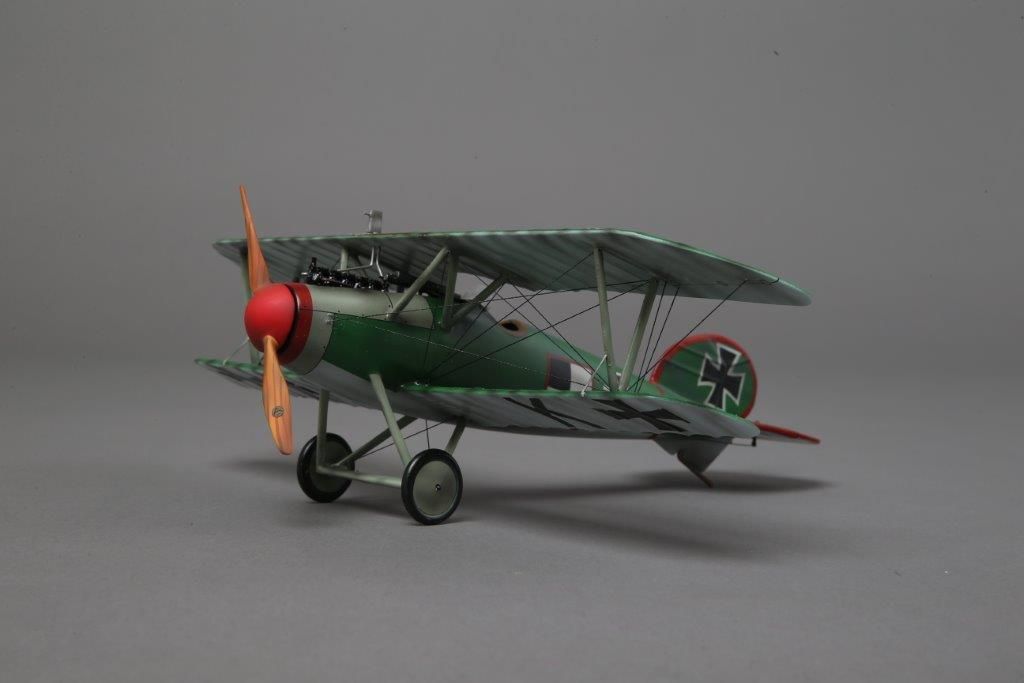
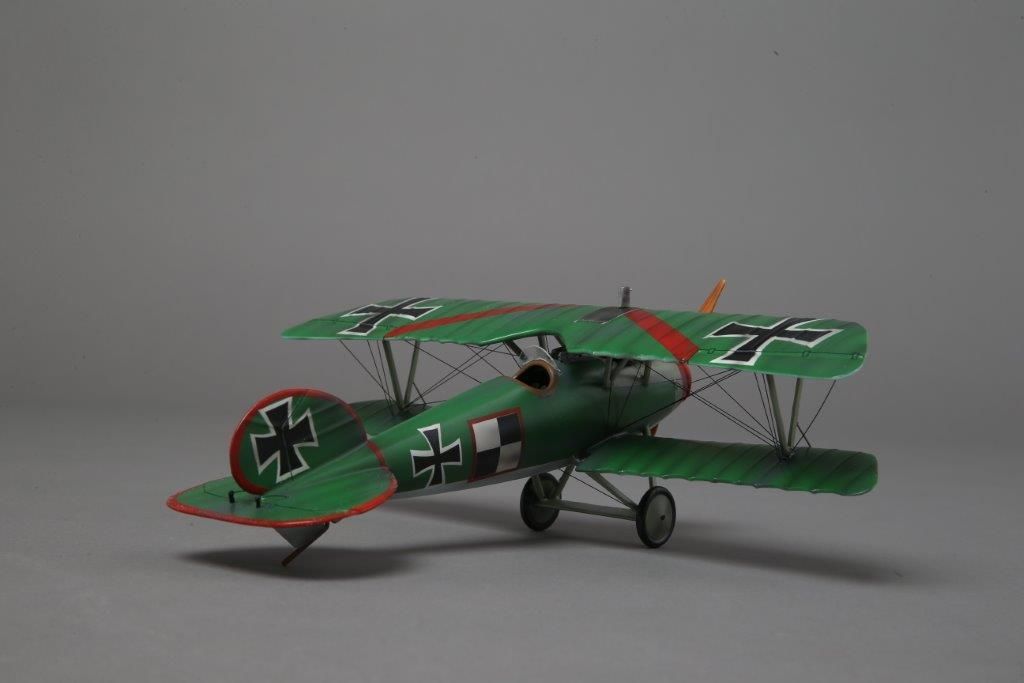
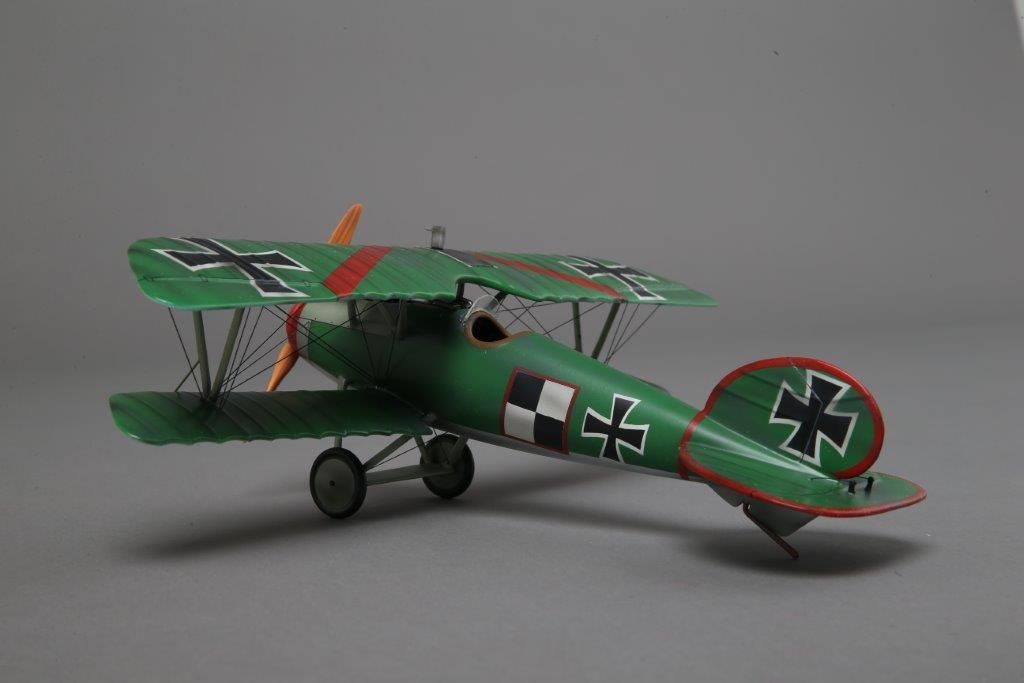

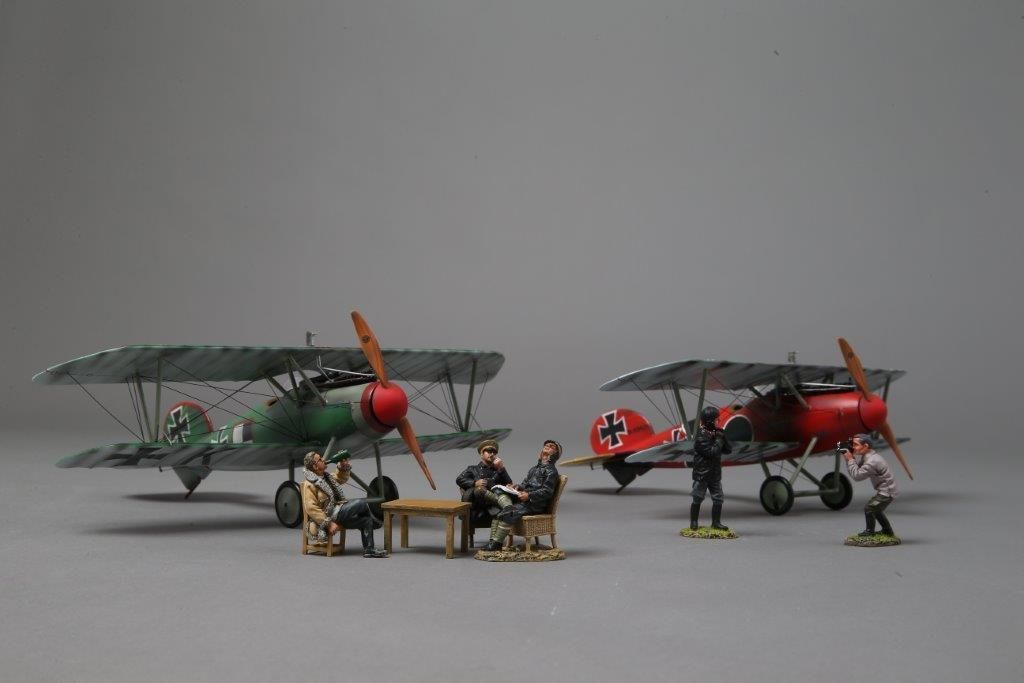
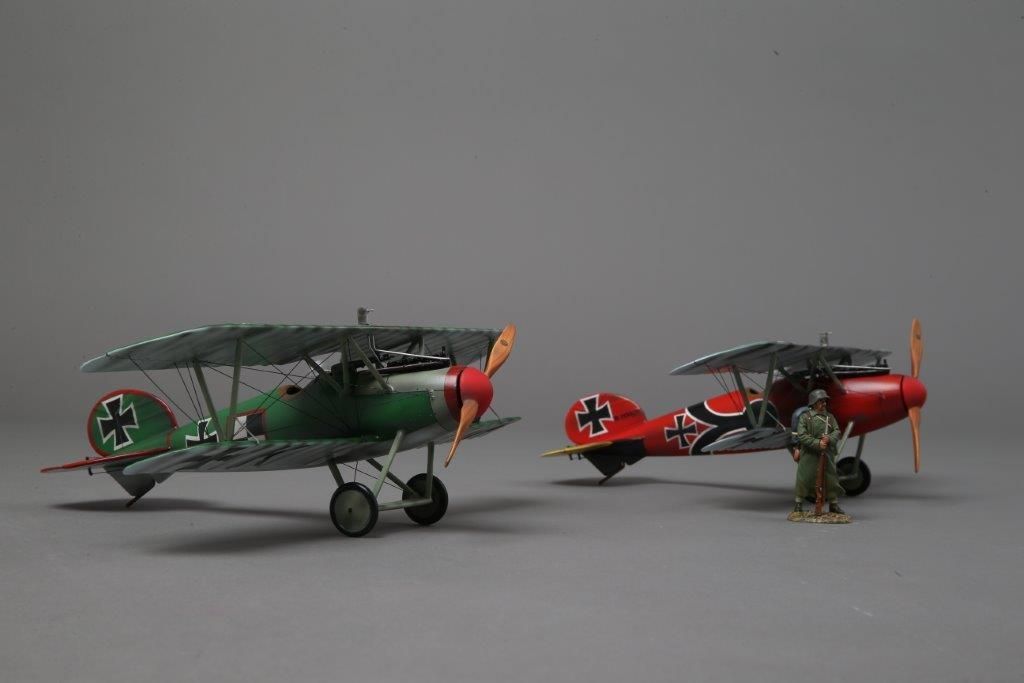
Corsair looks amazing but am I missing the 6 50 cal machine gun ports?
Interesting error but one that can be overcome with some black paint or even some white tape arranged in X's over where the gunports should be. USMC ground-based F4U's often had tape over the gunports to keep dust out, sometimes using more X's than actual ports to fool the enemy into believing there were more guns than 6. This particular F4U is an aircraft of VMF-111, based in the Gilbert Islands in 1944. -- Alyes you're right. They forgot to drill holes for the gun ports on the Corsair. On the other hand the Albatros does look nice.
Interesting error but one that can be overcome with some black paint or even some white tape arranged in X's over where the gunports should be. USMC ground-based F4U's often had tape over the gunports to keep dust out, sometimes using more X's than actual ports to fool the enemy into believing there were more guns than 6. This particular F4U is an aircraft of VMF-111, based in the Gilbert Islands in 1944. -- Al

